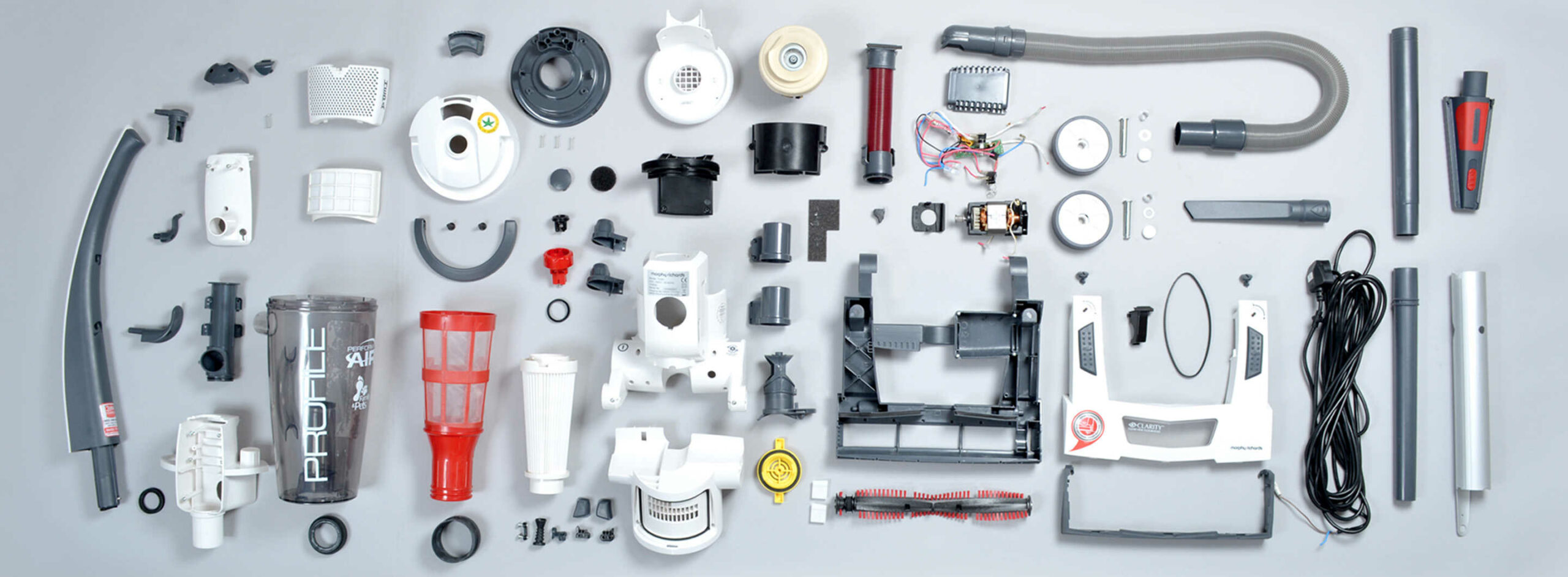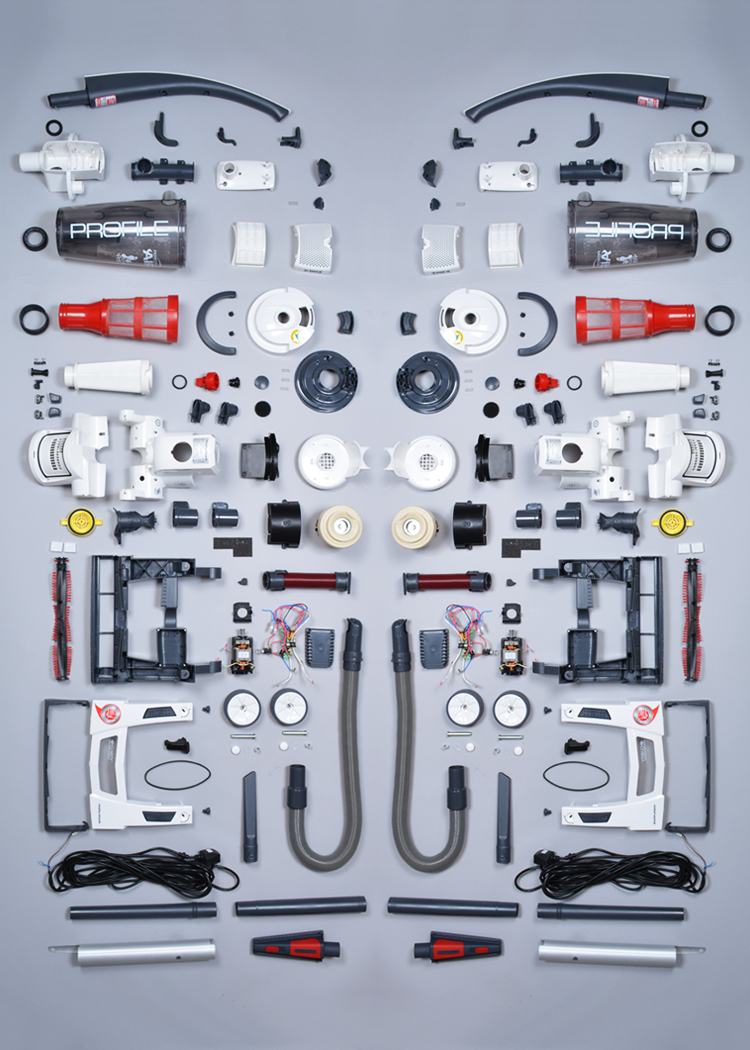Part 1: Avoiding Product Development Pitfalls: Insights from Experienced Industrial Design Consultants

Embarking on a new product development journey can be fraught with challenges and roadblocks that, if not navigated carefully, may lead to underwhelming performance or, worse, product failure. Experienced industrial design consultants stand as invaluable allies, offering a map through this treacherous terrain. This guide, curated by industry experts, zeroes in on common pitfalls in the product development process and illustrates how professionals sidestep these obstacles to ensure a smooth and successful product launch.
Table of Contents
Understanding Product Development Pitfalls
Embarking on the development of a new product, businesses might frequently find themselves restrained by a myriad of pitfalls – some foreseeable, others less so. This journey begins by recognising these faults so as to meticulously evade them. Successfully launching a product calls for calculated movements and an understanding that challenges will surface along the way.
Assess the Market Carefully
Industrial design consultants are always sure to remind clients that one of the most significant missteps in product development is failing to accurately gauge consumer demand. This lapse can lead to a product-market mismatch, a scenario where the final product does not resonate with its intended audience, causing financial and reputational harm to the business.
- Conduct market analyses and viability studies to gauge demand
- Engage with potential customers via focus groups and surveys
- Perform competitor analysis to identify gaps in the market
- Use qualitative and quantitative data to predict consumer behaviour
- Align product features with customer needs and expectations
Conclusively, a thorough and strategic assessment of the marketplace is foundational in aligning product with consumer need, establishing a cornerstone for success.
Prioritise Clear Communication
Miscommunication within a development team can be the source of costly delays and misunderstandings that may deviate from the original product vision. Clear, ongoing communication is essential to keep a product development project on track.
- Implement project management tools for better coordination amongst teams
- Schedule regular meetings for updates and feedback
- Foster an open culture where questions and clarifications are encouraged
- Use visual aids and documentation to detail product specifications
- Provide transparent updates to all stakeholders involved
In tandem with strong leadership, fostering transparency and clarity in communication can significantly circumvent unnecessary hindrances throughout the development process.
Allow for Flexibility
In the evolving landscape of product development, flexibility becomes a vital trait. Clinging to an initial plan without room for adjustments can quickly render a project archaic in the rapidly changing market environment.
- Remain open to new ideas and suggestions from all team members
- Review and adjust the product roadmap as needed
- Adapt to emerging market trends and consumer behaviour shifts
- Prepare for unexpected changes in technology or regulations
- Employ an Agile approach to product development to allow for incremental changes
Ultimately, flexibility is not just an option but a necessity in the fluid domain of product development.
Conduct Thorough Testing
Industrial design consultants are quick to point out the criticality of exhaustive testing and user feedback. This essential element of industrial design minimises the risk of post-launch fixes that can be far costlier and more damaging to the company’s reputation.
- Implement beta tests and prototypes to gather early feedback
- Involve end-users in the testing phase for real-world insights
- Address usability, safety, and regulatory testing from the start
- Use feedback to iterate and refine the product before full-scale production
- Perform quality assurance tests to ensure the product meets all claims
A product that is extensively tested is poised for a more robust launch, escaping the fallout of late discovery flaws.
Monitor and Manage the Budget
Effective budget management stands as another critical aspect. Overspending in product development can restrict funds for other crucial elements, like marketing – potentially curtailing the product’s overall success.
- Create a comprehensive budget that accounts for all stages of development
- Regularly review and adjust the budget to account for unexpected costs
- Prioritise spending based on the product’s critical path and value drivers
- Maintain a reserve fund for unforeseen expenses
- Employ cost-saving techniques such as materials selection and lean production methods
In conclusion, balancing the budget with strategic insight can safeguard against financial overextension, solidifying the viability of the product’s future.
Importance of Leveraging Insights from Industrial Design Consultants to Navigate Pitfalls
Experienced industrial design consultants offer a wealth of knowledge that can serve as a beacon, guiding businesses through the obstacle-ridden terrain of product development. Their insights come from a deep understanding of market dynamics, design innovation, and production complexities – all essential in shaping products that are both desirable and viable.
Expert Analysis on Market Trends
Industrial design consultants bring a level of market savvy that comes from years of analysing trends and consumer behaviour. This expertise enables businesses to dodge the commonplace blunder of developing a product that’s out of sync with what the market desires.
- Leverage insights from consumer trend analysis to refine product offerings
- Utilise consultants’ experience to forecast market shifts
- Apply knowledge of past and current market behaviours to influence design
- Benefit from consultants’ capacity to tap into unseen market segments
- Translate deep-dive analytics into actionable product development strategies
Harnessing this market-focused expertise allows companies to stride forward with confidence, knowing their product is set to meet the pulse of consumer preference.
Pinpoint Design Flaws and Usability Issues
Possessing a hawk’s eye for design and functionality, consultants can circumvent potential product pitfalls before they balloon into significant problems. It’s the sort of proactive stance that saves both time and investment in the long run.
- Utilise ergonomic and usability studies to refine product design
- Conduct pre-emptive flaw detection through consultant-led evaluations
- Leverage specialised knowledge to enhance product reliability and user experience
- Employ simulations and advanced modelling to anticipate usability concerns
- Ingrain consumer insights into the design to deliver intuitive and functional products
Effectively arming a product against pre-launch user dissatisfaction is a fundamental step achieved through the meticulously critical eye of a seasoned consultant.
Streamlined Product Development Process
The path to a new product is often encumbered with regulatory roadblocks and operational inefficiencies. Industrial design consultants, with their in-depth knowledge, can guide companies through these complexities, leading to increased efficiencies.
- Navigate environmental regulations and compliance with ease
- Utilise consultants’ project management skills to streamline operations
- Apply proven methodologies for a smoother transition from design to manufacturing
- Benefit from industry-specific insights for circumnavigating bureaucratic hurdles
- Cultivate a synergistic development pipeline with consultant coordination
The craft of meshing the collaborative aspects of development enables the emergence of a seamless process, from initial ideation to hitting the shelves.
Objective, External Perspectives
Engaging with consultants introduces a level of objectivity that is hard to maintain within internal teams. This external viewpoint can not only expose unseen hindrances but can also foster groundbreaking solutions.
- Challenge internal biases with consultants’ unbiased assessments
- Tap into a diversity of ideas that stimulate innovation
- Employ consultants as mediators to balance differing internal viewpoints
- Leverage their expertise to validate internal strategies and expectations
- Evaluate consultant recommendations to fine-tune product orientation
A fresh pair of eyes, informed by years of diverse experience, can be the catalyst to drive a product beyond the ordinary, propelling it to carve out its own market niche.
How Bluefrog Design Can Help Guide You
It’s evident that navigating the complex journey of bringing a product to market demands a keen understanding of both visible and hidden challenges. This is where Bluefrog Design makes its mark. With a wealth of experience and a comprehensive suite of design and development services, Bluefrog Design embodies the essence of what it means to be a pivotal ally in product development.
The insights shared in this article underscore the importance of partnering with consultants who not only foresee potential pitfalls but also possess the expertise to steer clear of them, ensuring a product’s journey from concept to consumer is as smooth and successful as possible. Bluefrog Design, with its people-based approach, expert navigation through regulatory landscapes, and commitment to innovation and cost-efficiency, is ideally positioned to transform the visions of managing directors and product managers into tangible, market-ready successes.
Ready to get started on a project?
Socials





One Comment